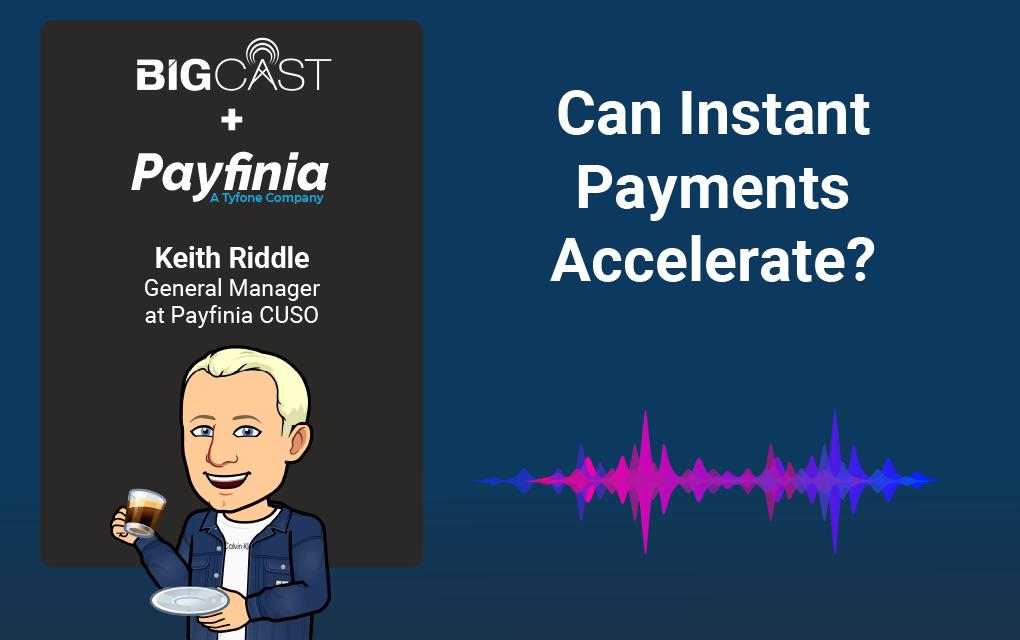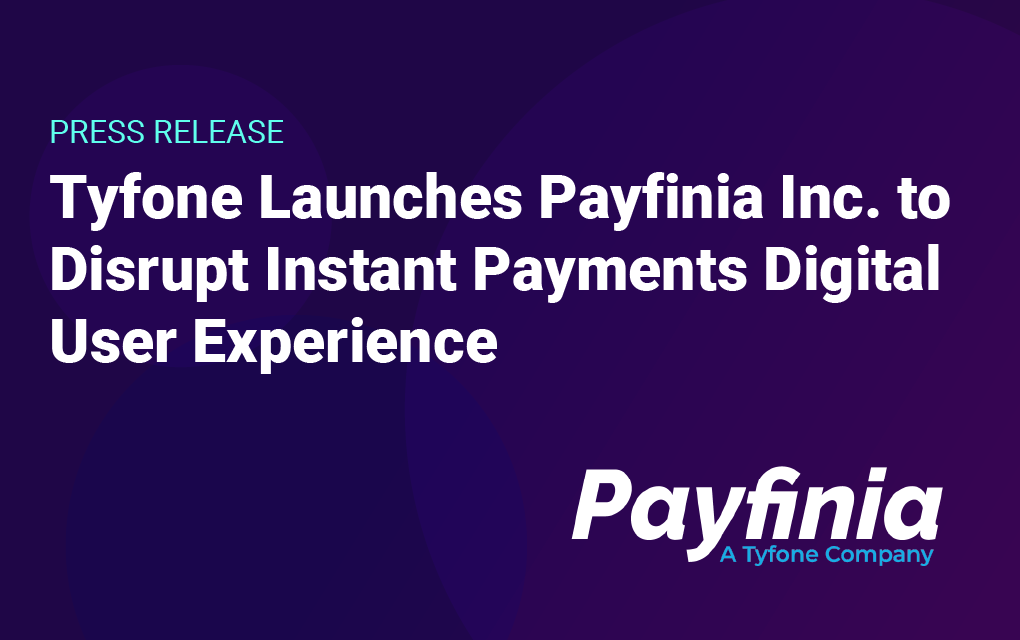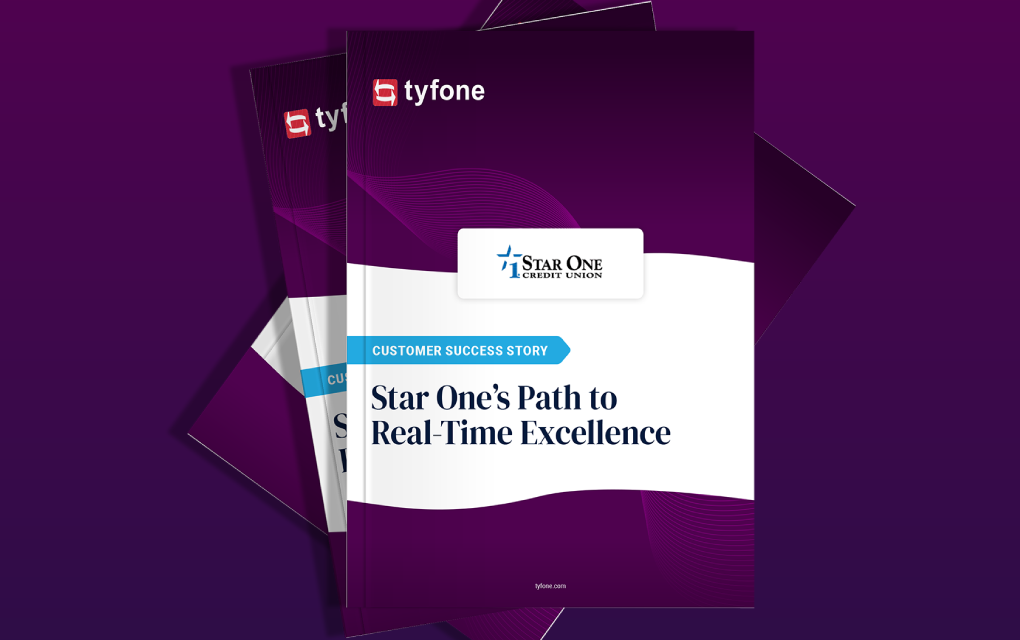FedNow Instant Payments: Our CEO’s Thoughts and Insights
Siva Narendra PhD
CEO & Co-founder
Tyfone

On July 20, 2023 – the very day the Federal Reserve’s FedNow payment service launched – Tyfone, with the help of Star One Credit Union, became the first service provider to successfully complete a live FedNow transaction.
To celebrate this important milestone, the Tyfone Content Team sat down with our CEO Siva Narendra to pick his brain on the topic of FedNow and both its possible and inevitable implications. Here’s what Siva had to say.

Tyfone’s name has long been associated with dramastically better digital banking. Why all the interest in a payment service like FedNow?
Traditionally, as the ecosystem has been built, banking and payments were seen as two different silos. You often see that in consumer account-holding patterns. I might have a checking account with a credit union, but my credit card is at a big bank.
That will no longer be the case in the future. That’s predominantly because systems require scale and the pricing structure favors scale. Part of the reason we’re very excited about FedNow is that when you look at the rest of the world where a central bank has created managed technology for the settlement of real-time payments, it’s a level playing field for everybody to enter.

Can you briefly describe Tyfone’s approach to building its FedNow solution?
We look at this in three specific layers. The primary layer that enables all of this is the guts of the transaction system. We’ve already built the method set for send and receive. We’re also in the last stage of building requests for pay.
The second layer that we’ve built is around fraud mitigation and fraud management strategies. We provide FIs with several controls related to fraud. This is based on the reasonable assumption, through educated analysis, that a dramatic increase in the velocity of payments will bring an increase in the velocity of fraud. Having a sophisticated approach to managing fraud is important. That’s also something we’ve already built.
The third layer centers on the accountholder experience. What does the consumer see? Are they paying bills? Are they funding a new account? Or are they moving money to Robinhood because they really need to buy that stock in the next two minutes?

How will the typical accountholder experience change over the next two years as a result of FedNow?
You’ll log into digital banking and realize that your car loan at another institution is due today. You don’t have to scramble. You just pay it using the 24/7/365 settlement solution that your institution offers. The FI may decide to charge fees for this, or maybe not. That’s going to be left to the open market to determine, but it’ll be a true real-time settlement.
An employer could do a direct deposit once a week or even once a day if they choose to. Being able to act on a transaction right then and there has the potential for a much better financial outcome. I’m getting money today and every day, through my employer. That has the potential for significant influence, especially when 60% of the population lives paycheck to paycheck.

It seems FedNow has the potential to eventually reach the retail point of sale. When commerce reaches that point, what happens to interchange?
If increasing cost is on the X axis and increasing time to settle is on the Y axis, you really want to be in the lower, right quadrant. That’s where FedNow is. But you can still increase the cost if the commercial settlement requires it. In other words, there’s no reason why FedNow can’t have interchange in its use case. What it would mean is the network costs are an order of magnitude cheaper. Community FIs will end up having more margins for the same interchange, or they could pass some of that back to the community and still make their income without impacting their bottom line.
What it might impact is the networks themselves that charge more today than FedNow does for settlement. If you look at the card networks, their methods-set and settlement are two separate transactions. Somebody has to do the reconciliation, which Fred now eliminates. This is an efficiency gain and on top of that, it’s cheaper. If the FedNow use cases are bringing the same level of value to merchants as Visa and MasterCard, there is no reason for community institutions to charge any less.

Any closing thoughts?
We’re making a bet that this is going to change how we transact, and we’re pretty excited about it. In the next seven to 10 years, we want to be one of the significant players in the FedNow space with tyfone’s Instant Payment Xchange™




